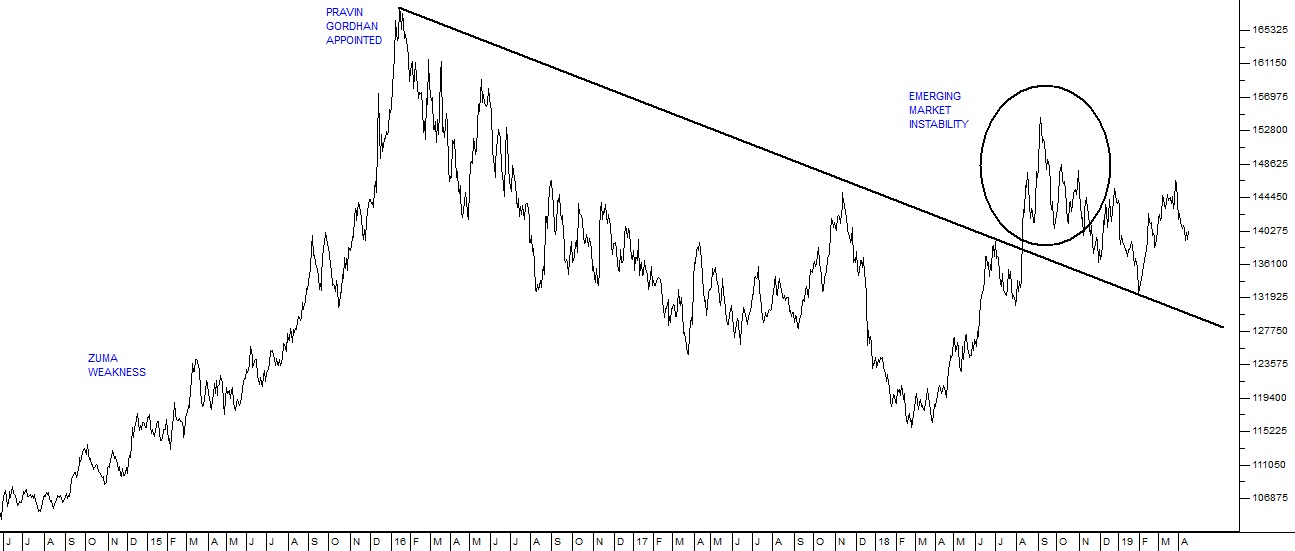Inflation
16 April 2019 By PDSNET
So one of the most important signals of deterioration and collapse in an economy has always been the relative strength of its currency and the country’s inflation rate. In South Africa, the inflation rate has been kept well under control and, even through the Zuma years, the temptation to slip into printing money has been resisted. This is largely due to the fact that the Reserve Bank has been kept strictly a-political and independent.
It adopted a 3% to 6% range for the inflation rate in 2000. Since then there have been some brief sojourns outside that range, but generally, that target has been maintained. Now the Reserve Bank is aiming to peg inflation at roughly the mid-point of that range – around 4,5%. For the last two years, the Reserve Bank has been trying to adjust perceptions so that inflation hovers around the mid-point. This is a massive achievement given the relentless pressure to abandon monetary controls and descend into hyper-inflation.
The situation which Zimbabwe found itself in after the collapse of its currency was terrible. Overseas investors wanted nothing to do with it. It faced a continuous shortage of foreign currency which strangled its economy. It will take decades for investors’ trust to be restored. But foreign investors harbour no such concerns about South Africa. Our long track record of relative currency stability and low inflation is an example to all emerging economies. It forms the foundation of whatever economic recovery is possible under President Ramaphosa and it has made possible his energetic efforts to bring in foreign direct investment (FDI).
It is apparent that foreign investors believe in Ramaphosa’s economic redforms and the return of the South African economy to prosperity. This can be seen by the fact that despite the uncertainties surrounding the election, the rand has continued to perform well against first world currencies. Consider the chart:
